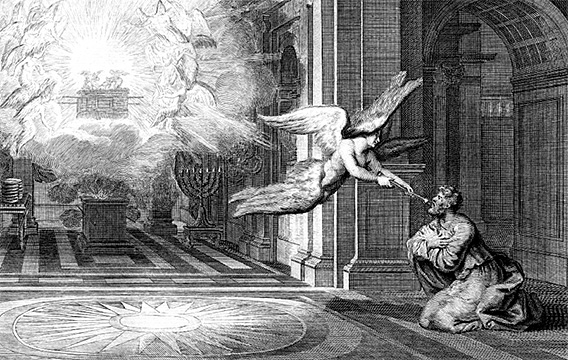
‘Parable’ is an English version of the Greek word parabolē. According to Aristotle (Rhetoric, 2.20) parables were used by orators in inductive or indirect proof as a generally recognized means of demonstration and illustration. They are, according to him, of two kinds: true events taken from history, and the more easily invented example such as the fable or the parables used by Socrates in Plato’s dialogues. Characteristically, he had a decided preference for the first of these as against the second with its allegorical form. It was a preference which was to appeal strongly and fatefully to modern critics such as Jülicher and Dodd who had had a classical education.
But the education of the New Testament writers was different. The Bible, not Aristotle, was their teacher and they possessed it in a Greek translation, the Septuagint. It was full of parables, and the Septuagint translation was usually careful to translate the Hebrew mashal by the Greek parabolē in spite of the extraordinary range of mashal. Since that range is so wide and contains a number of things which would not be called parables nowadays, it is worth setting it out with examples both for reference and as an historical corrective. (Drury, Parables in the Gospels, p. 8)
So what are sorts of things does Drury set out as instances of “mashal” or “parables” in the Old Testament? This is something worth knowing if the New Testament gospels do in fact mean any sort of OT-type “mashal” when they use the word “parable”. We see here in the literary world of the authors of the gospels what parables looked like and the purposes to which they were put. Drury identifies six types of parables:
- Sayings
- Figurative sayings or metaphors
- Enigmatic allegories
- Songs of derision
- Bywords
- Prophetic oracles

